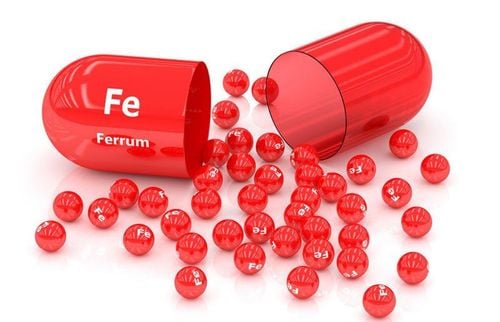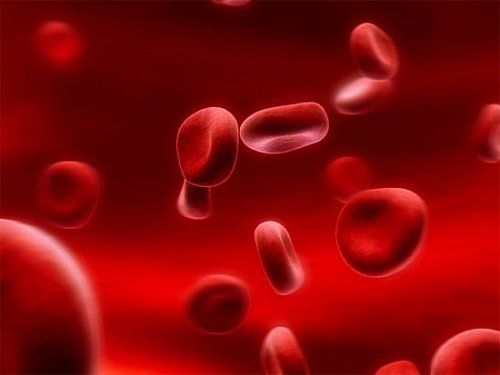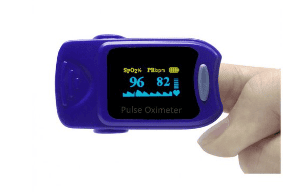This is an automatically translated article.
Oxygen is essential for human life. Oxygen is present in the air, when we breathe oxygen will enter the lungs. A very important component of blood is Hemoglobin (Hb) which will transport oxygen from the lungs to places needed in the body to ensure life. So what is the normal blood oxygen level?1. What is blood oxygen saturation?
One molecule of Hemoglobin (Hb) can combine with 4 oxygen molecules, when enough 4 oxygen molecules are attached, it is called oxygen saturation. Blood oxygen saturation is also known as SpO2 index, which represents the ratio of oxygenated hemoglobin to total hemoglobin in the blood. If all the hemoglobin molecules in the blood are attached to oxygen, then the oxygen saturation is 100%.SpO2 index is considered one of the vital signs of the body, besides signs such as temperature, pulse, breathing rate and blood pressure. When there is a lack of oxygen in the blood, organs such as the heart, liver, and brain will be negatively affected very quickly. Therefore, it is necessary to monitor the SpO2 index regularly to promptly intervene if a dangerous situation occurs.
Oxygen saturation measured by pulse oximeter (SpO2) is about 3% lower than actual oxygen saturation (SaO2). The test of measuring SpO2 repeatedly and continuously on the same stable patient showed no different results, which proves that the SpO2 parameter has a high level of reliability.
2. How much oxygen is normal in the blood?
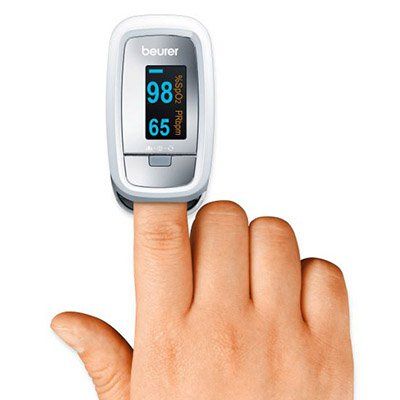
If the dissolved oxygen in the blood is about 97% - 99%: good oxygen in the blood. If dissolved oxygen in the blood is between 94% and 96%: moderate blood oxygen – need to give extra oxygen. If the dissolved oxygen in the blood is between 90% - 93%: low blood oxygen - should be monitored by a nurse or doctor or go to the nearest hospital. If SpO2 is below 92% without oxygen or below 95% with oxygen: these are signs of very severe respiratory failure. Oxygen saturation less than 90% is a clinical emergency. The SpO2 index in infants is the same as in adults: over 94%. If the child's SpO2 index falls below 90%, it is necessary to notify the doctor for timely intervention support.
Trắc nghiệm: Bận rộn có ảnh hưởng đến sức khỏe của bạn không?
Cuộc sống hiện đại khiến chúng ta vì quá bận rộn mà quên chăm sóc sức khỏe cho chính mình. Ai cũng biết rằng lịch trình làm việc cả ngày có thể khiến bạn kiệt sức, nhưng cụ thể bận rộn ảnh hưởng thế nào tới sức khỏe? Hãy cùng làm thử bài trắc nghiệm dưới đây.
3. What does an abnormal blood oxygen level indicate?
CO poisoning CO is a toxic gas, there are many when burning coal. There have been many victims of CO poisoning due to the use of honeycomb charcoal for heating, leaving serious consequences. CO displaces oxygen at the iron binding site on the Hb molecule causing CO poisoning, increasing COHb (CO bound to Hemoglobin) and decreasing HbO2 (oxygen bound to Hemoglobin). This phenomenon reduces the saturation of oxygen in the blood.Low blood pressure SpO2 accurately reflects when vascular pressure drops as low as 30mmHg. In situations where there is a severe decrease in peripheral circulation, a SpO2 measurement of the finger may be suspected. In case the SpO2 reading of the finger is in doubt about the accuracy, the doctor can use the SpO2 reading probe on the patient's forehead because it responds more quickly to the change in SpO2
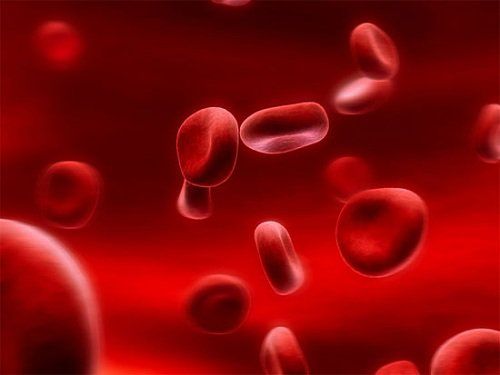
Detection of hypoventilation Clinical trials have shown that SpO2 is a sensitive marker for the assessment of ventilation status when the patient is breathing air but not when the patient is receiving oxygen support. When SpO2 (or SaO2) is above 90%, PaO2 (partial pressure of oxygen in arterial blood) is above 60mmHg.
Support for treatment of respiratory diseases Patients with SpO2 readings below 93%, assessed as hypoxic, need oxygen or mechanical ventilation (if the patient cannot breathe on their own). For patients who work in a secretive environment, lacking oxygen such as factories, incinerators, ore mines, etc., when they go out into a well-ventilated environment, oxygen will be supplemented when breathing, the doctor will adjust the amount of oxygen for the patient. breathe until the SpO2 index is stable at 97 - 100%. The level of oxygen used by the patient continues to be maintained until their breathing is stable again.
Please dial HOTLINE for more information or register for an appointment HERE. Download MyVinmec app to make appointments faster and to manage your bookings easily.




